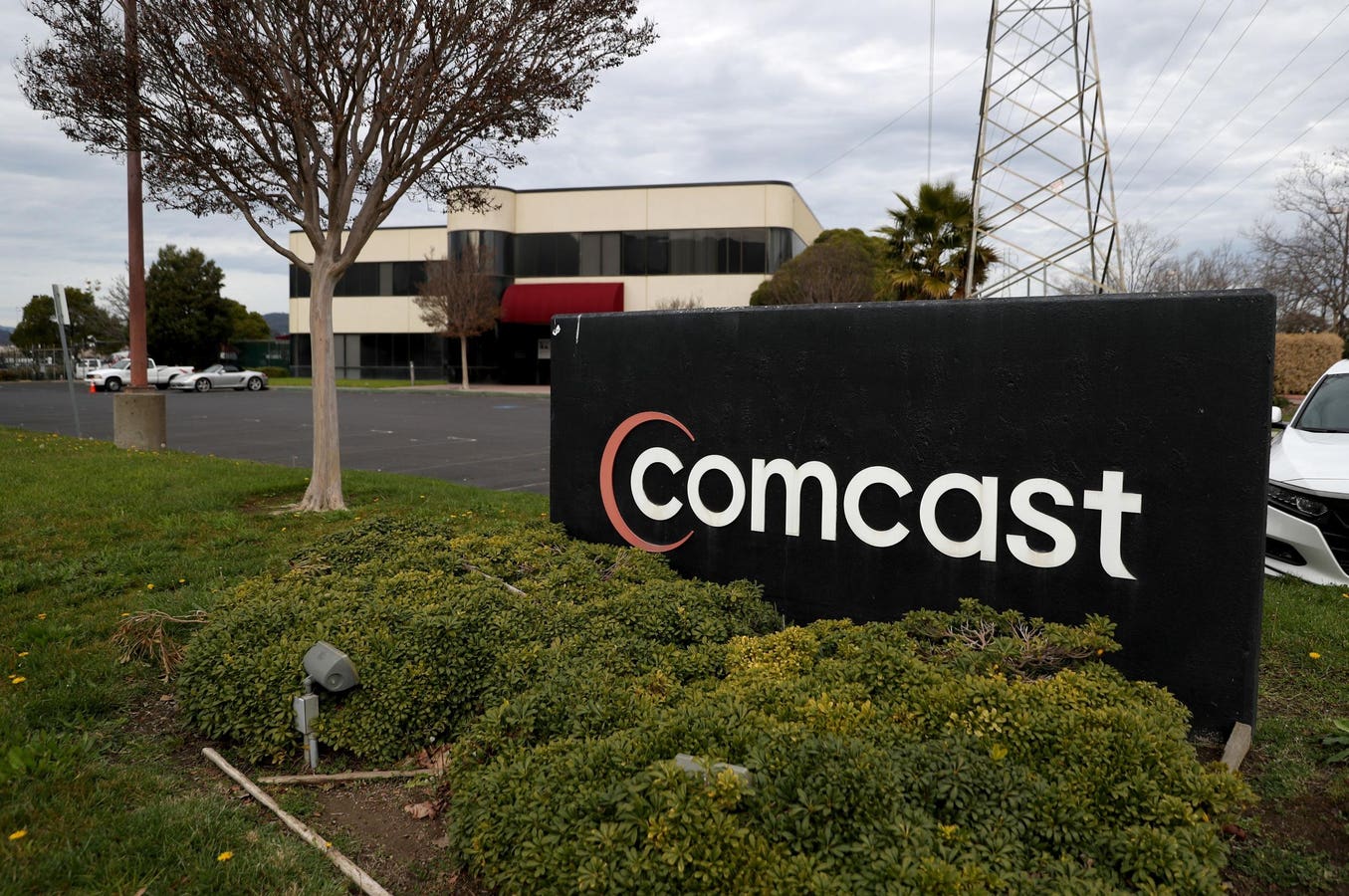In recent quarters, analysts have kept an eye on losses for Comcast’s
CMCSA
But with Comcast’s third quarter earnings out, another concern stole the spotlight from Peacock—an unexpected decline in broadband subscribers that, like Peacock’s financial situation, tells a lot about the current state of the media industry.
In numbers released Thursday morning, Comcast reported revenue of $30.11 billion, essentially even to last year, including a solid bump of 17% year-over-year for theme parks (driven by the opening of Super Nintendo World and continued bounce back of the tourism sector following the pandemic).
High-Speed Subscribers Decline By 18,000
But Comcast also reported a loss of 18,000 high-speed internet subscribers, which surprised Wall Street. After years of COVID-induced subscription gains, analysts had anticipated a small bump in that category as people trapped in their homes looked for something to do.
Immediately, analysts speculated that return-to-work orders, following years of working from home during the pandemic, may have impacted these subscriptions. Comcast has also faced greater competition from other broadband providers. And recent slowdown in high-speed subscriptions prompted a price hike, which could have sparked additional dropouts.
Peacock: More Subscribers And Narrower But Still High Losses
Peacock now has 28 million subscribers, or an impressive 80% more than at this time last year. It gained 4 million subscribers in third quarter, and a recent price hike (it still remains comfortably under prices for top streamer Netflix
NFLX
Like other streamers, though, it is losing money, and a lot of it, even though the losses are easing. During third quarter, Peacock lost $565 million, compared to $614 million this time last year. Streamers must pour money into content, in an increasingly competitive environment with so many services available.
Traditional Cable Subscribers Fall, Too
Streaming is, of course, undermining the need for cable, which puts Comcast in an odd bind. As Peacock grows, its cable service is contracting, like the rest of the industry.
In third quarter, it lost almost half a million video subscribers. It now has 14.5 million cable customers. The number of people cutting the cord, or going without cable services, has increased sharply over the past decade.
NBCUniversal Ad Sales Drop Amid Writers And Actors Strike
The recently resolved writers strike and still-continuing actors strike continued to wreak havoc on TV ad revenue. Networks have been forced into airing largely unscripted content or scripted content in the can before the strike that wasn’t the most popular fare.
This lack of compelling programming has been reflected in advertising numbers. Brands aren’t getting excited about this content, especially during a time of year that’s usually among the most exciting in broadcast and cable, when high-profile new shows and popular older ones return at the start of the official TV season.
NBCUniversal, as one of the biggest broadcast and cable companies, felt that pain. Ad sales dropped 8.4%, to $1.9 billion.
‘Oppenheimer’ Breaks A Record
One of Comcast’s bright spots theatrically has been Oppenheimer, Christopher Nolan’s biopic about the father of the atomic bomb. The company said it became the highest-grossing biopic ever, making more than $900 million globally. Still, that couldn’t offset a generally disappointing third quarter theatrical slate, with revenue off 25% from last year.
Read the full article here





